Charging your batteries with solar is a sustainable way to power your off-grid adventures. By harnessing the sun’s energy, you can easily keep your batteries topped up and your devices running, allowing you to enjoy the outdoors for longer without interruption.
When you’re integrating solar into your setup, it’s important to not only consider how much solar you will need (read our guide here!) but also understand how long it will take for your batteries to charge with solar. While several factors contribute to your charging timeframe, you can easily calculate an estimated timeframe by following this simple guide.
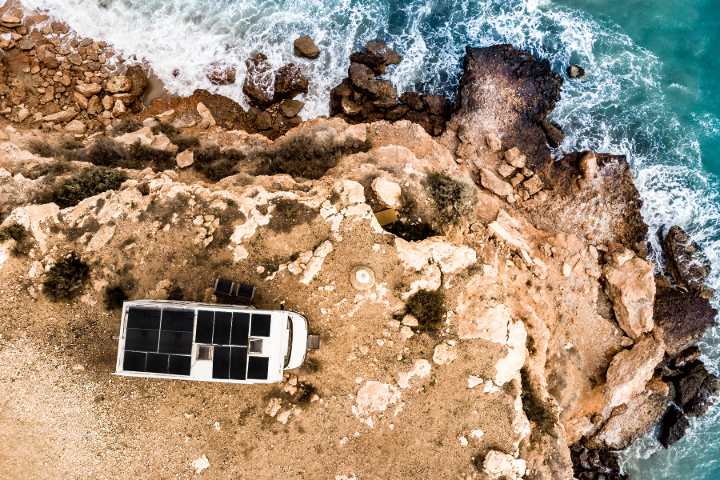
Calculating Charging Time for 12V and 24V Batteries
You can determine roughly how long it will take to charge your battery with solar by following the equation below. We will explain exactly how to determine this further in the blog.
Actual Energy Requirement (Wh) / Solar Panel Power (W) = Charging Time (hr)
STEP 1
Confirm the Battery Capacity & Voltage
This should be pretty easy. Just take a look at your auxiliary battery to confirm whether it's a 12V or 24V battery, and check the capacity (this is in Ah, and should be shown on the outside of the battery). Make a note of both of these parameters.
For example, using a 200W panel to charge a 100Ah battery
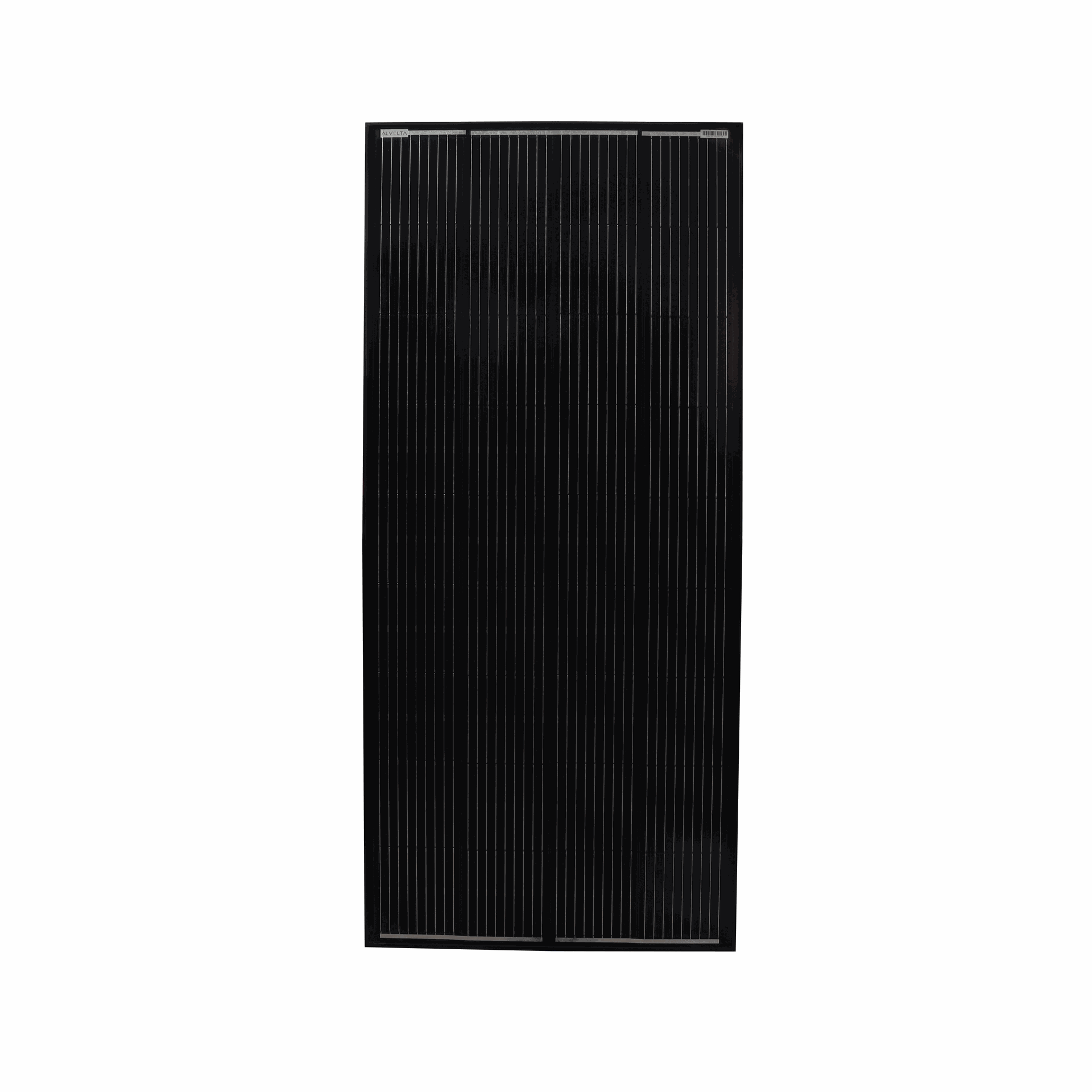

12V 200W Mono Solar Panel
- 200W Monocrystalline Solar Panel
- Black Frame & Black Back Sheet
- 1500 x 680 x 35mm
STEP 2
Calculate the Energy Required for Charging
Multiply the battery capacity by the battery voltage to determine the energy requirement of the battery.
Energy (Wh) = Battery Capacity (Ah) x Voltage (V)
Example: 100Ah x 12V = 1200Wh
STEP 3
Consider the Charging Efficiency
Once you know the energy requirement, you need to divide this by the battery’s charging efficiency - this will give you a clearer and more accurate energy requirement for charging the battery. The Charging Efficiency is usually between 70% and 90%, this example uses 80%.
Actual Energy Requirement = Energy (Wh) / Charging Efficiency (%)
Example: 1200Wh / 0.8 = 1500Wh
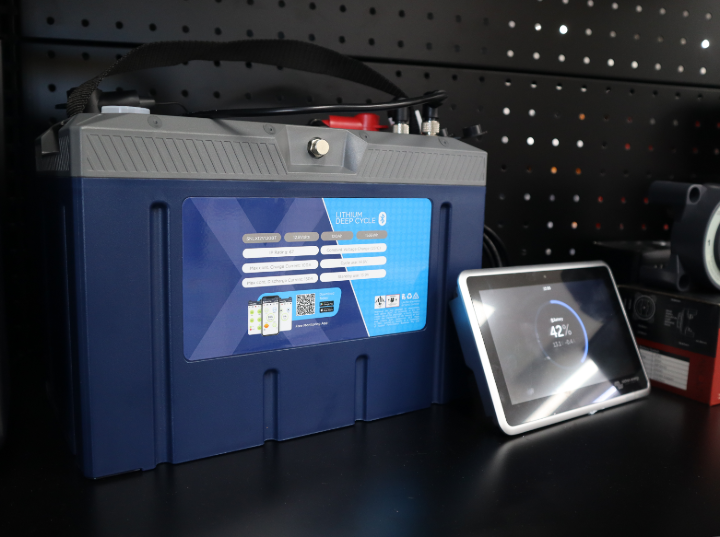
STEP 4
Calculate the Charging Time
Now that you have a realistic idea of the energy required to charge the battery, you can divide this by the wattage of the solar panel you are using to charge the battery. This will give you the estimated charging time.
Charging Time (hr) = Actual Energy Requirement (Wh) / Solar Panel Power (W)
Example: 1500Wh / 200W = 7.5hr
This calculation allows you to work out how long it will take for your battery to charge from 0% to 100%. This, however, is the maximum amount of time the battery will need to charge, and is not an indicator of how much charging time your battery needs on any given day.
This is because it isn't recommended to use 100% of the battery's capacity. Therefore, the time your battery needs to charge will vary depending on how much charge it already has when you begin the charging process.
Below is the additional calculation you can do to work out how long your battery will take to reach 100% charge, based on how charged it is to begin with:
Specific Charging Time = Complete Charging Time (hr) / Percent of Charge Required (decimal)
Example: Say the battery already has 30% of its charge; it needs 70% of its charge to reach 100%. Therefore, the 'Percent of Charge Required' is 70% or 0.7 as a decimal. The calculation will then proceed as below:
7.5hr / 0.7 = 10.71hr
The 10.71 hours is a decimal, which needs to be converted to hours and minutes (Use this free Decimal to Time Calculator). 10.71 hours converts to approximately 10 hours & 45 minutes.
This estimation is based on ideal sunlight conditions and efficient energy transfer, assuming no losses occur.
Similarly, for a 24V battery, you can use a comparable method. Suppose you have a 200Ah 24V battery and a 400W solar panel. The charging time will depend on similar variables: the availability of sunlight, the angle and orientation of the panels, and the efficiency of your charge controller.
As a rule of thumb, larger battery capacities will require more time to charge, even if you increase the wattage of your solar panels.
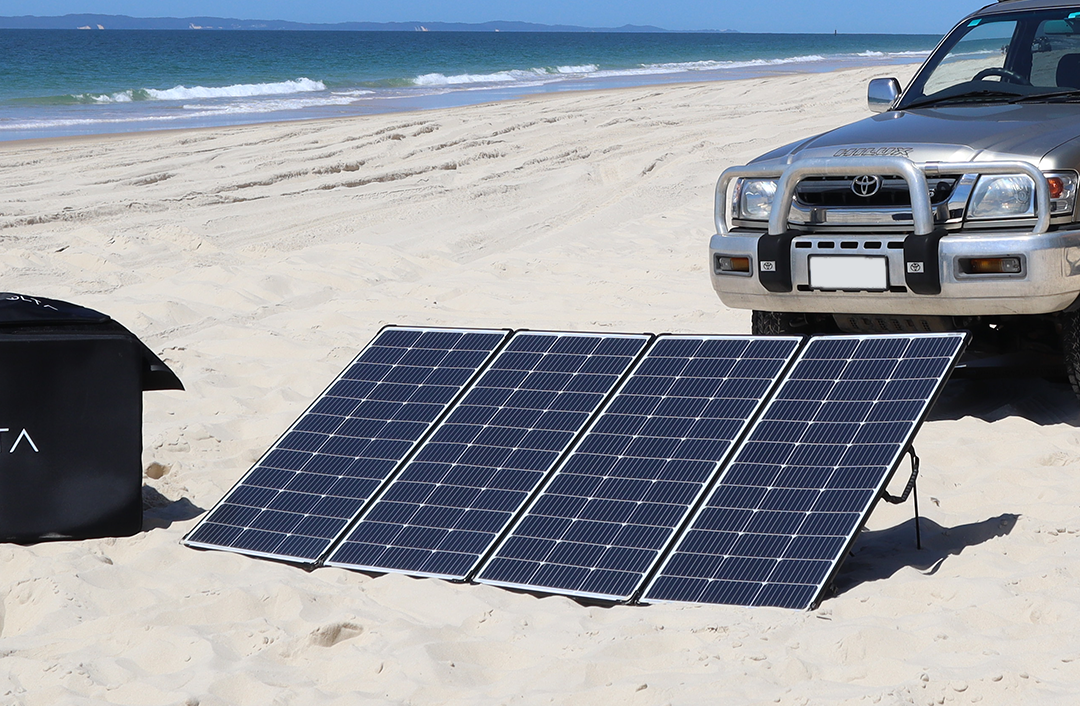
Factors Influencing Charging Time
While these calculations can be used to indicate the time required to charge your battery bank, there are several other factors that can influence charging time. Therefore, charging time may differ for each charging cycle.
These factors include:
1. The Solar Panel
The solar panel is a key component in a 12/24V solar system, therefore, its specifications directly dictate the timeframe. Two specs you want to pay attention to to ensure speedy charging are the panel’s power (wattage) and efficiency. The rules of thumb for a quality solar panel are:
- The higher the power level (wattage), the faster the charging speed
- The higher the efficiency of the panel, the faster the charging speed
Read More: The Best 12V Solar Panels In Australia For Caravans and Camping
2. The Battery
Another key component in a 12/24V solar system is the battery. Battery specifications that impact the charging timeframe are the battery capacity and battery type.
a. Capacity:
The battery’s capacity affects the charging time, as the more energy it can hold, the longer it will take to charge to full. Increasing the solar panel’s power can help offset this, however, certain parameters cap the offset of this, so the general rule is: the higher the battery capacity, the longer the charging time.
b. Battery Type:
The type of battery, whether it’s lead-acid, lithium or other, has a direct impact on the time required to charge it. Due to their chemical compositions, different battery types have voltage and current requirements for effective charging. Therefore, the system’s ability to continuously meet these requirements will directly affect the time it takes to fully charge.
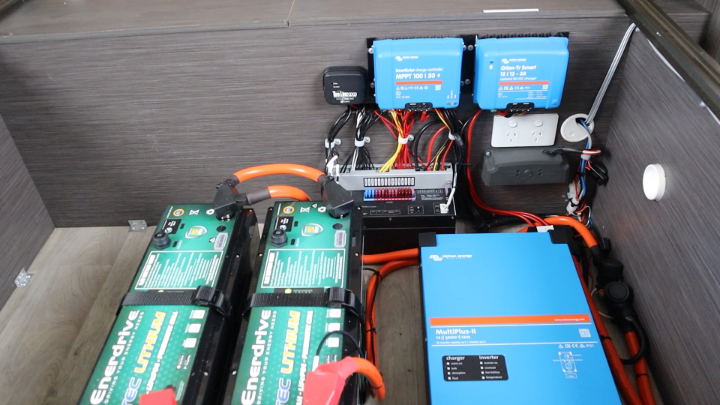
3. The Charge Controller
A solar charge controller is the ‘middle man’ between energy generation (the solar panel) and energy storage (the battery). The following charge controller specifications directly influence the charging timeframe:
a. Efficiency:
The efficiency of the charger determines how well and how quickly it provides the power to charge the battery. An efficient charger will be programmed to regulate the current and voltage to charge the battery optimally. Good quality chargers will have a charging algorithm that they follow to efficiently charge the battery.
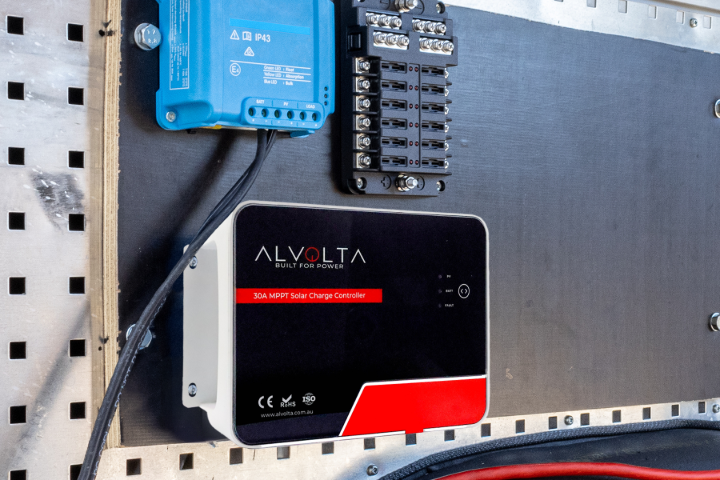
4. The Environment of the Setup
a. Light Conditions:
The intensity & duration of sunlight will have an effect on the charging time. Sunnier days, and days with longer daylight hours, will charge the battery faster. For example, a sunny day in the middle of summer is seen as the most optimal time for the quickest battery charging.
b. Temperature:
Ambient temperature can have an effect on the efficacy of the solar panels. If the temperature is too high or too low, the efficiency of the panels decreases, which in turn increases the timeframe for charging the battery
c. Physical Panel Position:
The location of the panels will affect the panel's efficacy; if they are tilted in a way that doesn’t receive the maximum sunlight or the panels are at all shaded, this will increase the charging time.
It’s important to remember that the efficiency of your setup is vital. Ensure that your solar panels are clean and free of obstructions to maximise sunlight absorption. Regularly check connections and charge controller settings to ensure efficient energy transfer. Properly positioning your panels to capture the maximum amount of sunlight is also crucial.
Investing in a high-quality charge controller is highly recommended. A good charge controller will not only prevent overcharging but also protect your batteries, thereby extending their lifespan and maintaining your system's efficiency. Keep in mind that weather conditions and seasonal variations can significantly impact charging times. Shorter daylight hours and overcast skies during winter months can lengthen the time required to charge your batteries.
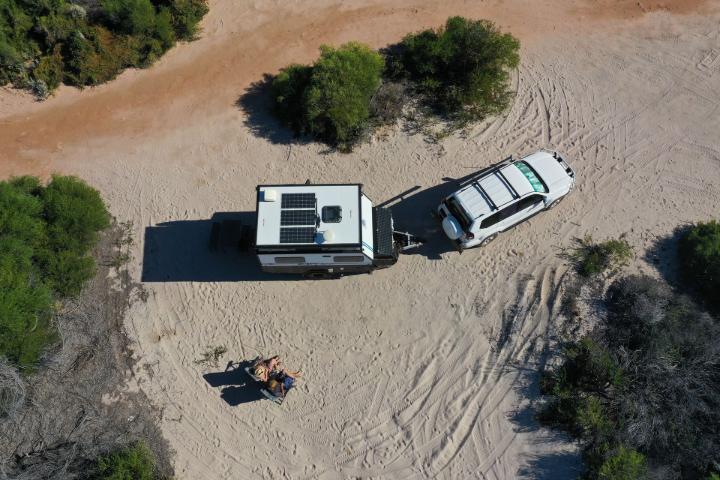
Finally, always consider your energy requirements carefully. Accurately calculating your daily energy consumption will help you choose the right battery and panel size for your needs. By following these guidelines, you can ensure that your off-grid adventures are powered reliably and efficiently.
How Long Will it Take to Charge a 12V/24V Battery with Solar?